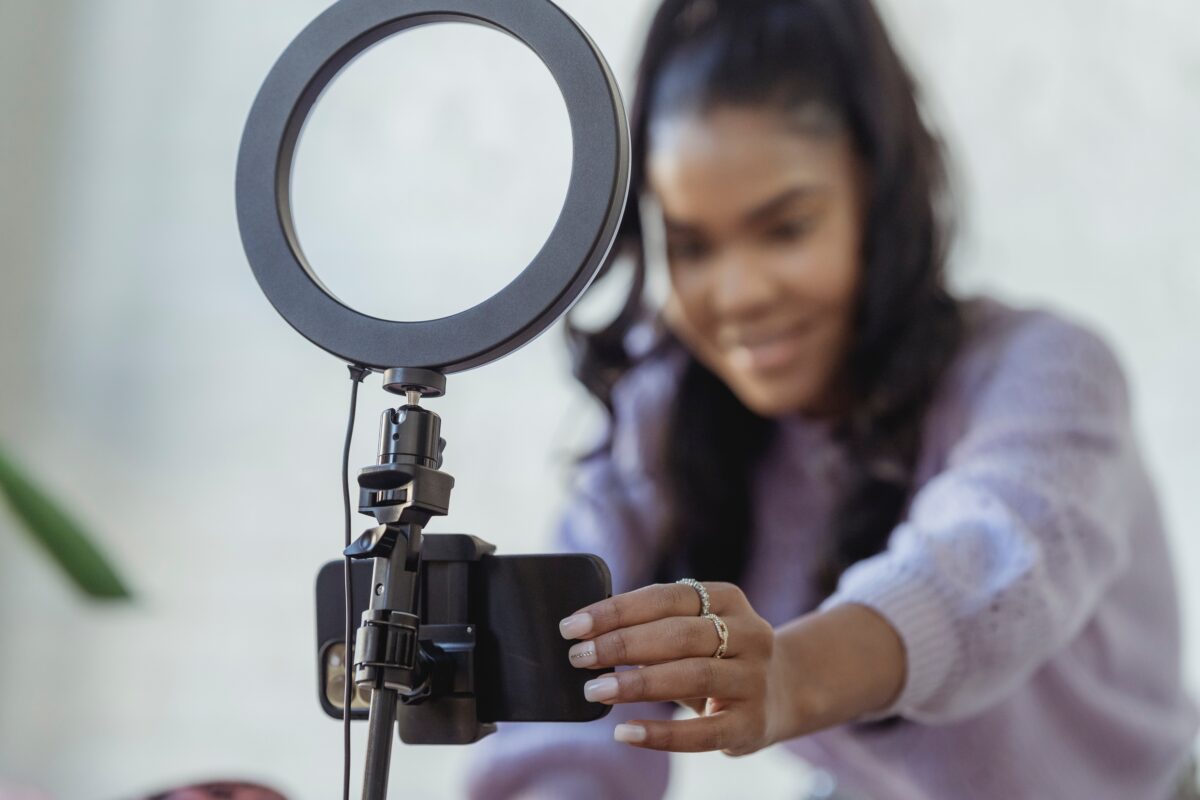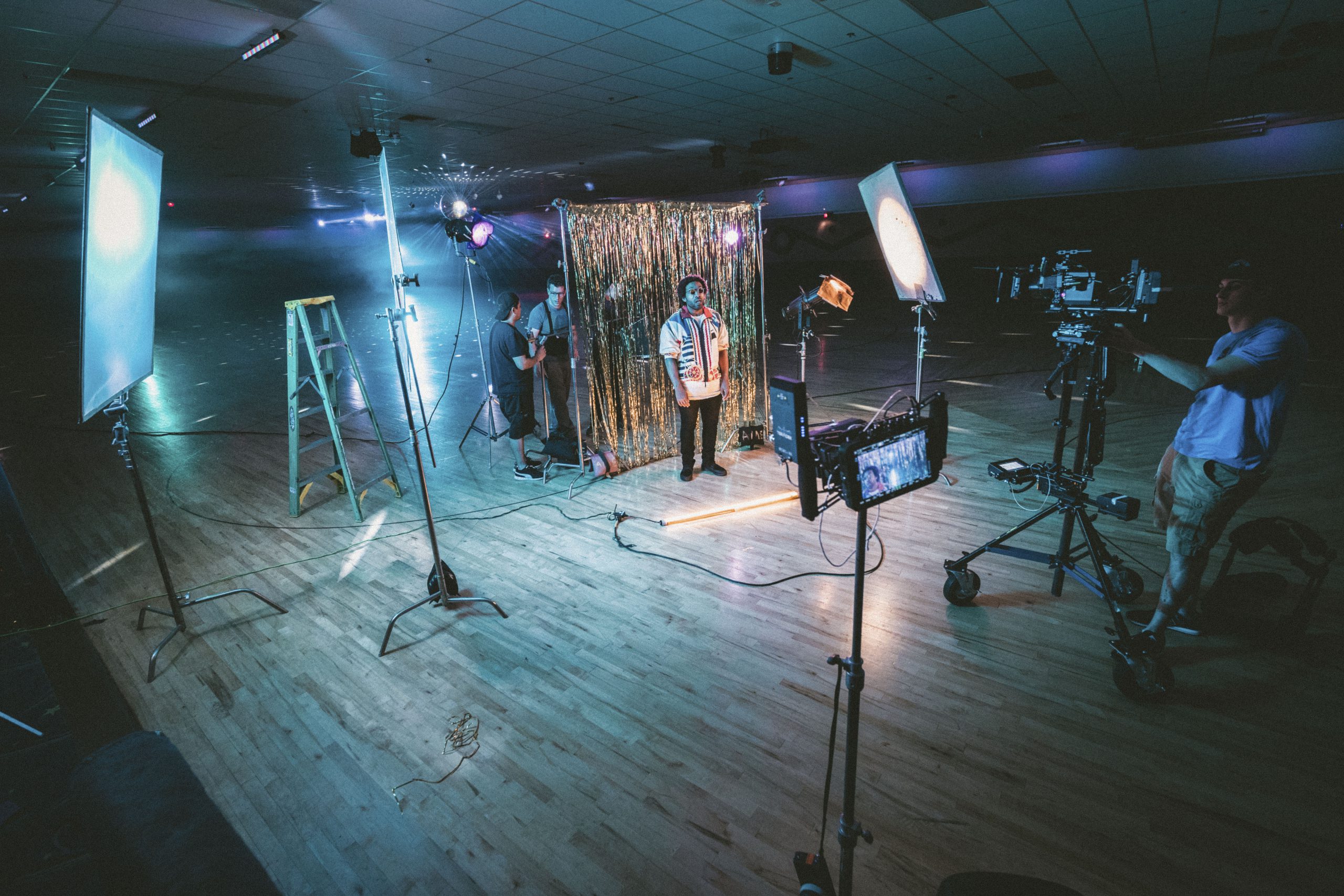Going live on any social media platform can feel intimidating, but if you let fear keep you away from live videos, you’re missing out on an ample opportunity. Live videos capture attention between 10 and 20 times longer than prerecorded, on-demand content, while more than … Continue reading “Going live: 7 tips for any social media platform”
Live streaming: 12 tips for your business to look professional
During the COVID-19 pandemic, live streaming and video chat became not just convenient but critical mediums of communication and content delivery. That value continues today. Are you live-streaming for your business? If not, it’s never too late to get started! But before you dive headfirst … Continue reading “Live streaming: 12 tips for your business to look professional”
Want to receive more great content like this for free?
Subscribe to our newsletter to get best practices, recommendations, and tips for digital marketers


